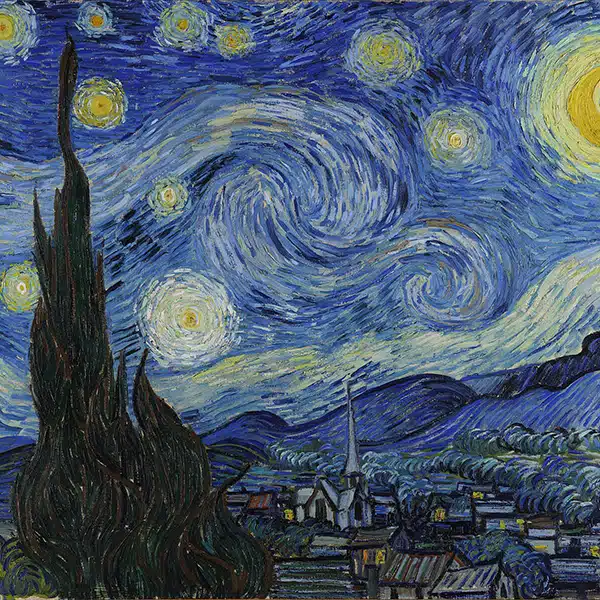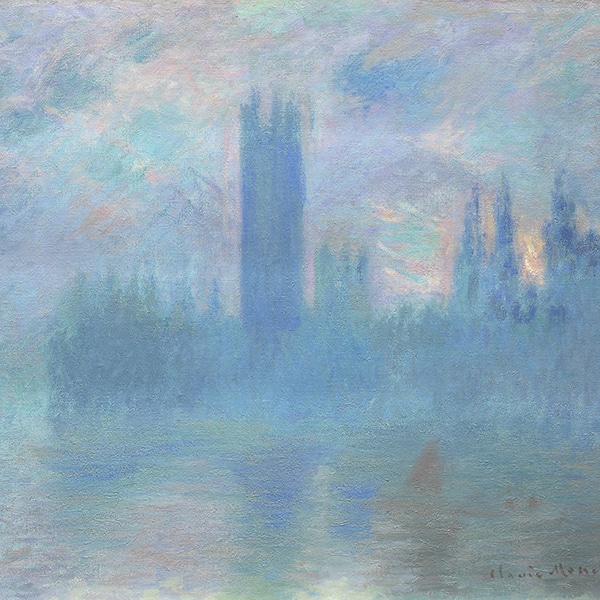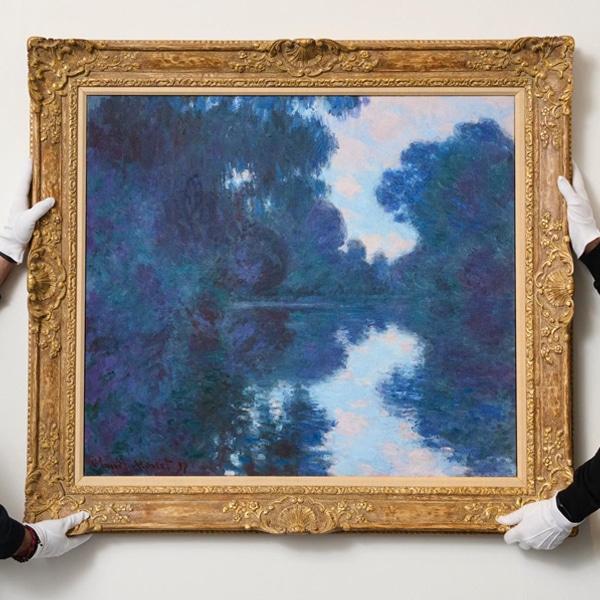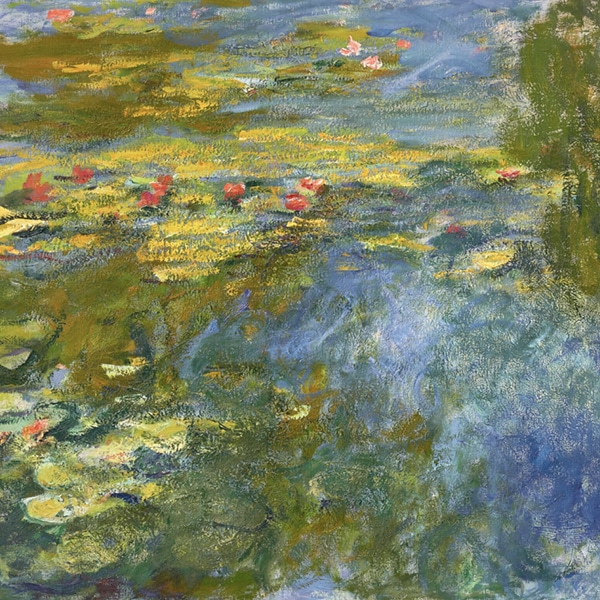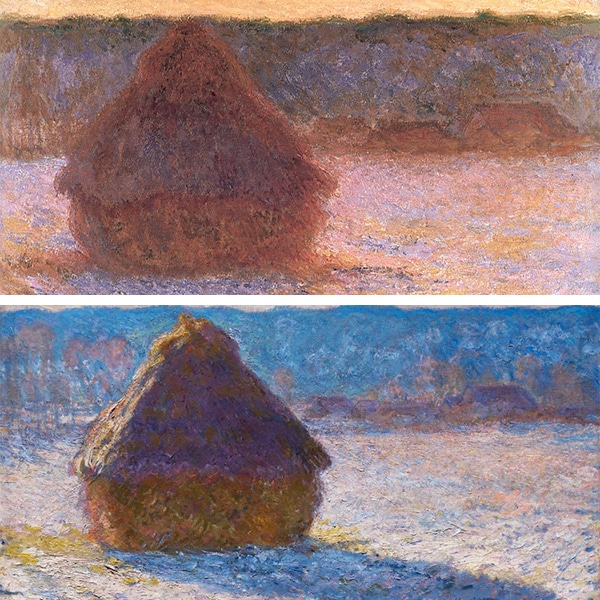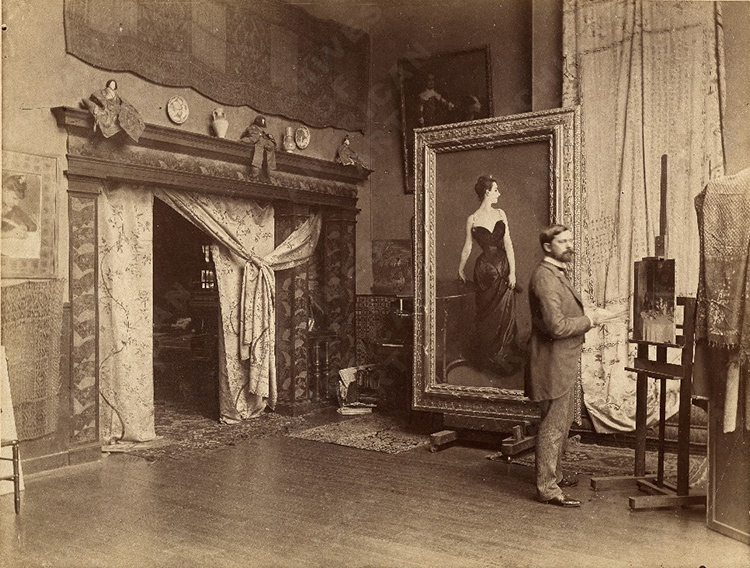
John Singer Sargent, photographed in is Paris Studio, 1885. (Photo: Wikimedia Commons (Public domain))
Artists hope to achieve fame in their own lifetime. American expatriate John Singer Sargent was among those who could claim this rarified status. In the late 19th and early 20th century, few painters were more sought after than him.
The rich of Gilded Age America and Edwardian London commissioned portraits by the renowned artist after having been drawn in by the natural warmth of Sargent's treatment of each subject. Trained in the style of the Old Masters, the painter spent his life avoiding boredom by altering his subject matter and accepting intimidating commissions. When he passed away at age 69, Sargent had completed an impressive 900 oil paintings and over 2,000 watercolors—in addition to overflowing sketchbooks rich in observations from his travels.
Though he remains a famous portraitist, Sargent was more than the sum of his society paintings. His artwork offers insight into a creative mind and his private world among artists and intellectuals at the turn of the century. Read on to discover more about this fascinating artist, whose life and works stretch from Boston to Paris and beyond.
Who was John Singer Sargent?

“The Daughters of Edward Darley Boit,” John Singer Sargent, 1882, now at the Museum of Fine Arts, Boston. (Photo: Wikimedia Commons [Public domain])
The young Sargent began formal study with Carolus-Duran, a portrait painter whose expressive style would be highly influential on his pupil. According to H. Barbara Weinberg at the Metropolitan Museum of Art, Carolus-Duran taught his students to maintain the vigor and liveliness of their initial sketch in the final product. He also encouraged the study of the Old Masters such as Rembrandt, Van Dyck, and Velázquez. By 1877, Sargent's work had been accepted at the prestigious Paris Salons, the arbiters of “acceptable” art in France at the time.
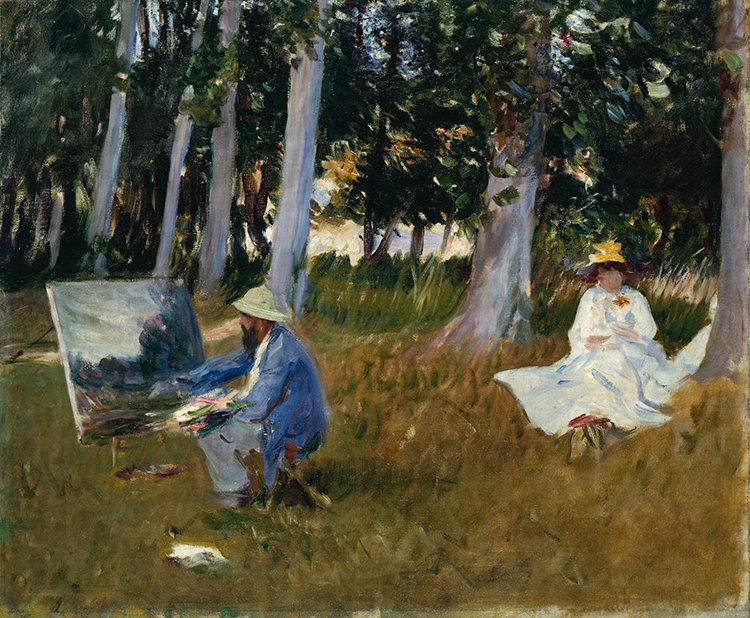
“Claude Monet Painting by the Edge of a Wood,” John Singer Sargent, 1885. Now at the Tate Britain. (Photo: Wikimedia Commons [Public domain])
What distinguishes Sargent's artistic style?
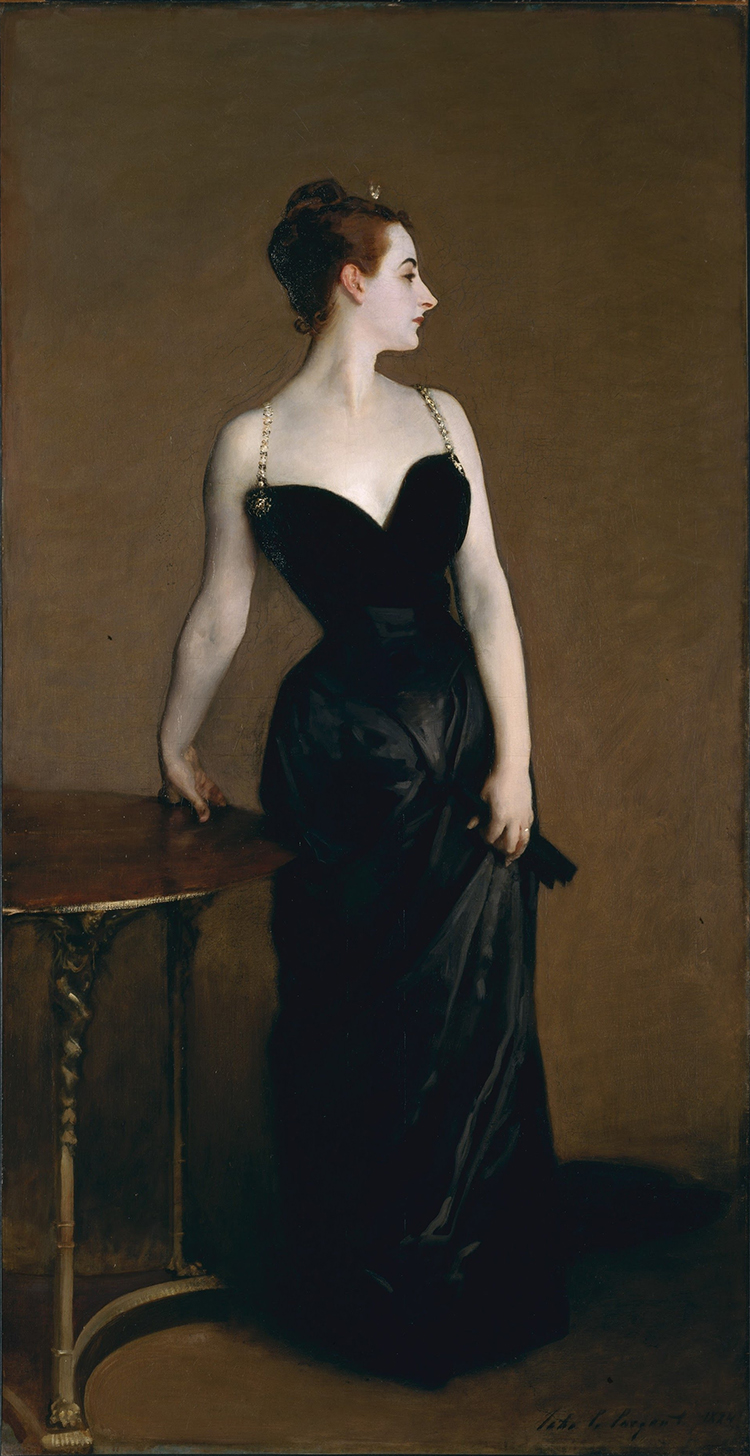
“Madame X (Madame Pierre Gautreau),” John Singer Sargent, 1884. Now at the Metropolitan Museum of Art. (Photo: Wikimedia Commons [Public domain])
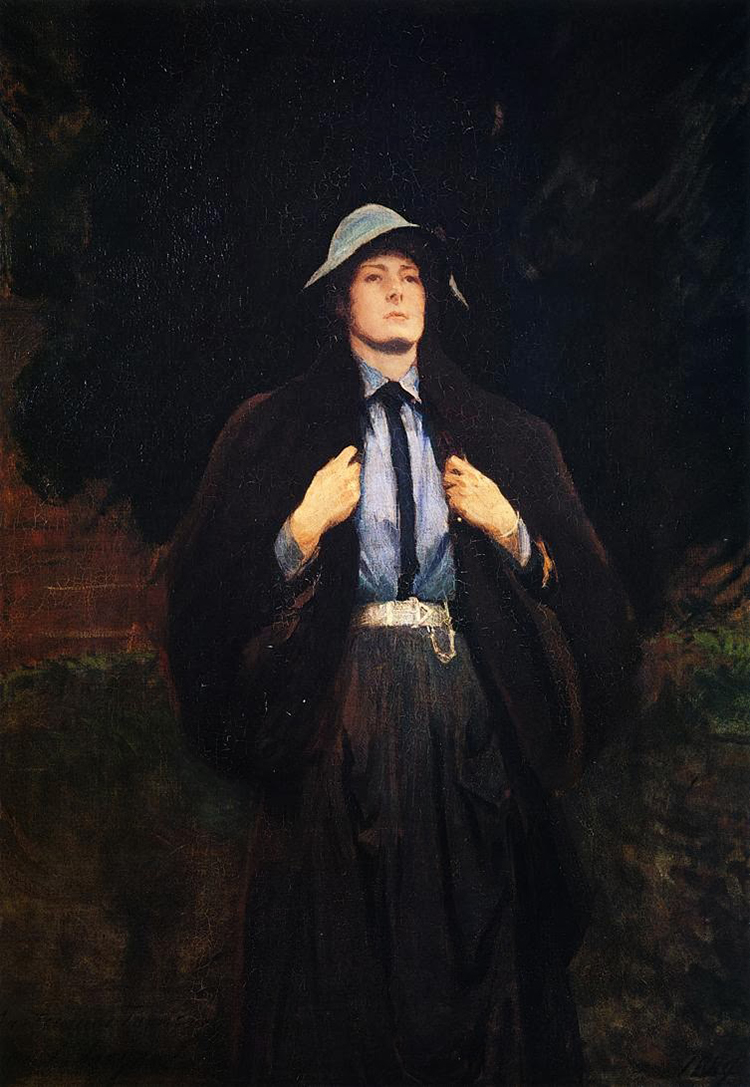
“Clementina Anstruther-Thomson,” John Singer Sargent, 1889. (Photo: Wikimedia Commons [Public domain])

“Gondoliers' Siesta,” watercolor, John Singer Sargent, circa 1904. (Photo: Wikimedia Commons [Public domain])
Who were the subjects of this elite portraitist?
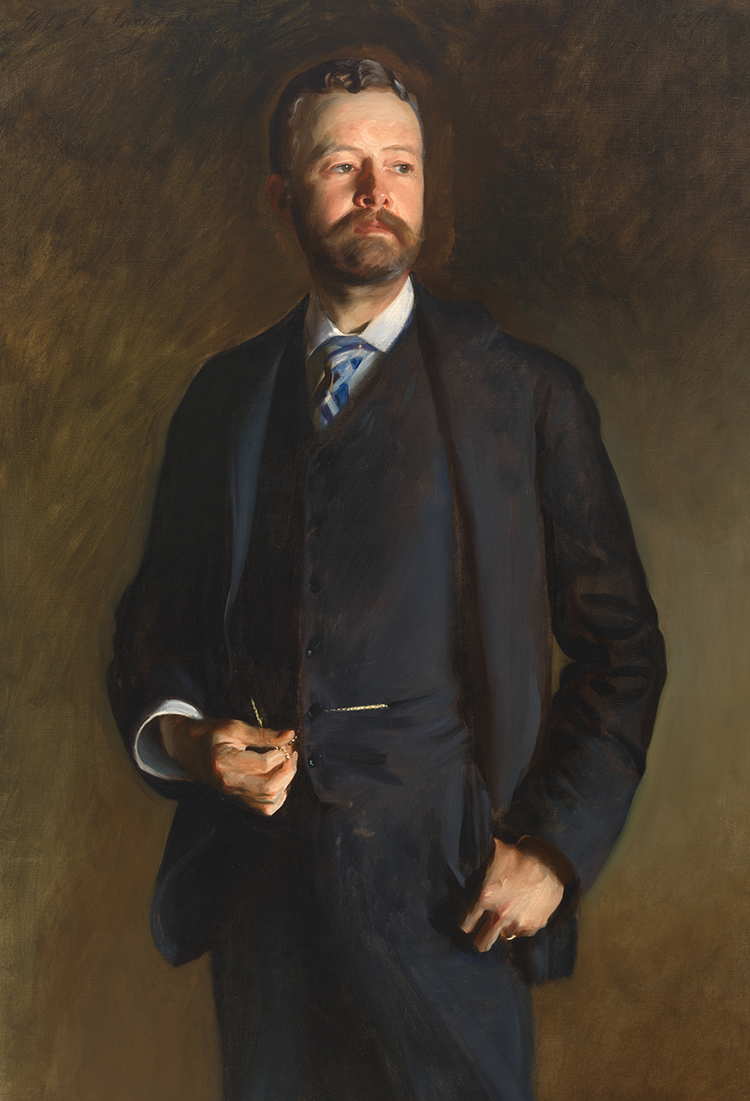
“Henry Cabot Lodge,” John Singer Sargent, 1890. (Photo: National Portrait Gallery [CC0])

“Portrait of Lady Agnew of Lochnaw,” John Singer Sargent, 1892. (Photo: Wikimedia Commons [Public domain])
In addition to the old money of Europe, Sargent captured his fellow artists in oil. Among these were Monet, Rodin, and the novelist Robert Louis Stevenson. Although Sargent often painted friends, peers, and family, his commissions from the wealthy earned him a respectable living. At about $5,000 a sitting (roughly $150,000 today), Sargent's subjects paid dearly to be immortalized on canvas.
In 1918, Sargent was commissioned by the British government to illustrate scenes from World War I on canvas. He spent the final year of the war in France with the troops, observing both the British and Americans. His large oil work titled Gassed depicts a line of soldiers guiding each other after losing their sight in a gas attack. The carnage of what was then known as the “Great War” depicts subjects unrecognizable from the aristocrats Sargent had once painted. Hauntingly, the artist alludes to his education in Old Master tropes—the work resembles The Parable of the Blind by Pieter Bruegel the Elder.
What is John Singer Sargent's legacy?
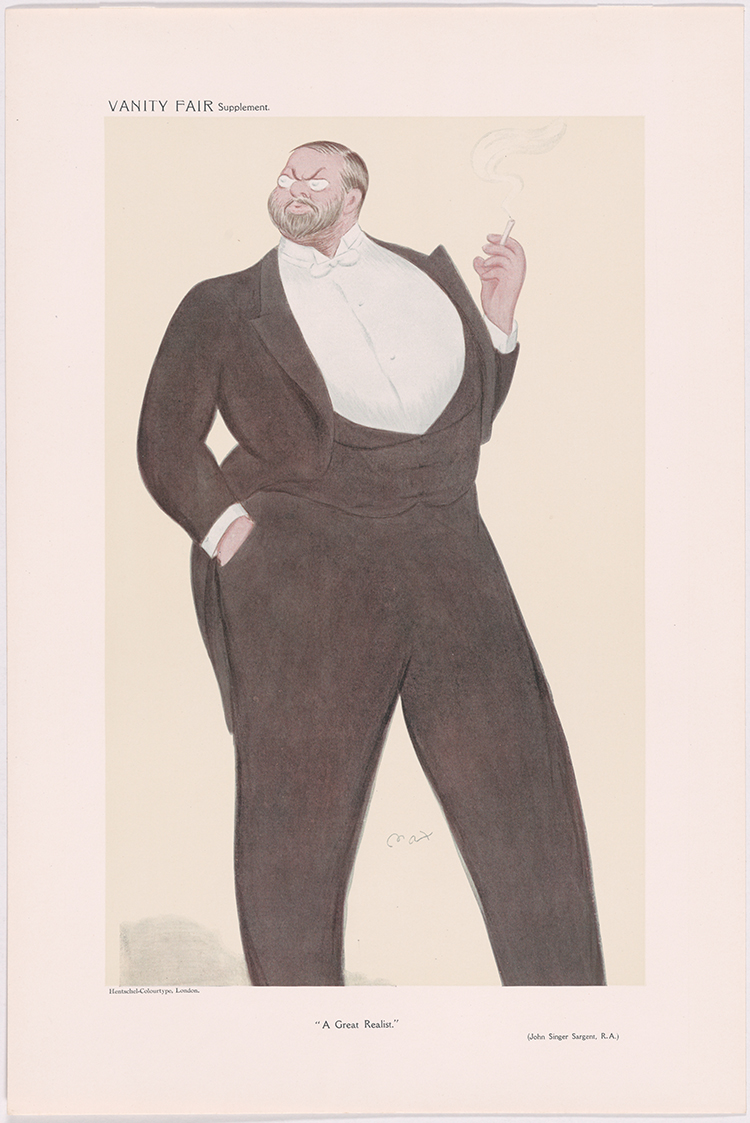
Lithograph Caricature of John Singer Sargent, from the Hentschel Colourtype Lithography Company, 1909. (Photo: National Portrait Gallery [CC0])
Whether in the sweeping black gown of Madame X, or the serious expressions of the Daughters of Edward Darley Boit, Sargent presented each of his portrait subjects as individuals with emotion and nuance. They went beyond the mere expression of social class, and as a result, he was the most sought-after portraitist of his time. But rather than resting on his laurels, Sargent followed his interests to pursue watercolors, travel, and ambitious murals. Today, his works—both monumental canvases and casual sketches—can be found in all the world's most esteemed museums.
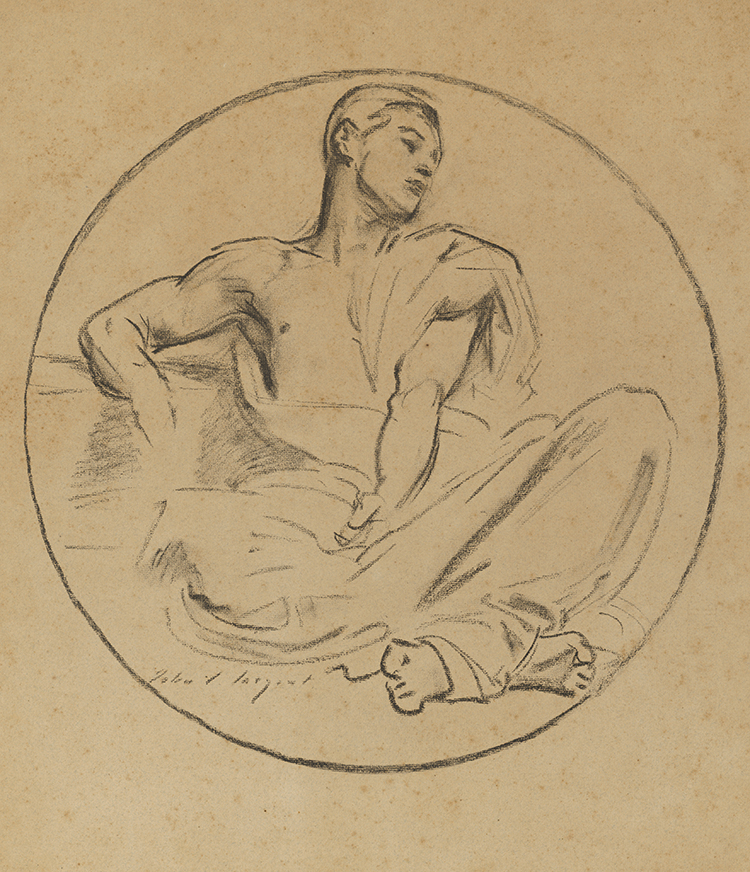
“Ted Shawn,” collotype, John Singer Sargent, circa 1915. (Photo: National Portrait Gallery [CC0])
Learn more about the sketches of John Singer Sargent, once the world's most famous (and versatile) portraitist.
Related Articles:
The Radical Art of the Spanish Renaissance Painter Known as “El Greco”
5 Facts About Rosa Bonheur, France’s Most Celebrated Painter of Animals
Learn About Masaccio, the Italian Renaissance Painter With a Short Life but Long Legacy
15 of the Greatest Painters of All Time Whose Influences Live On Today












































































